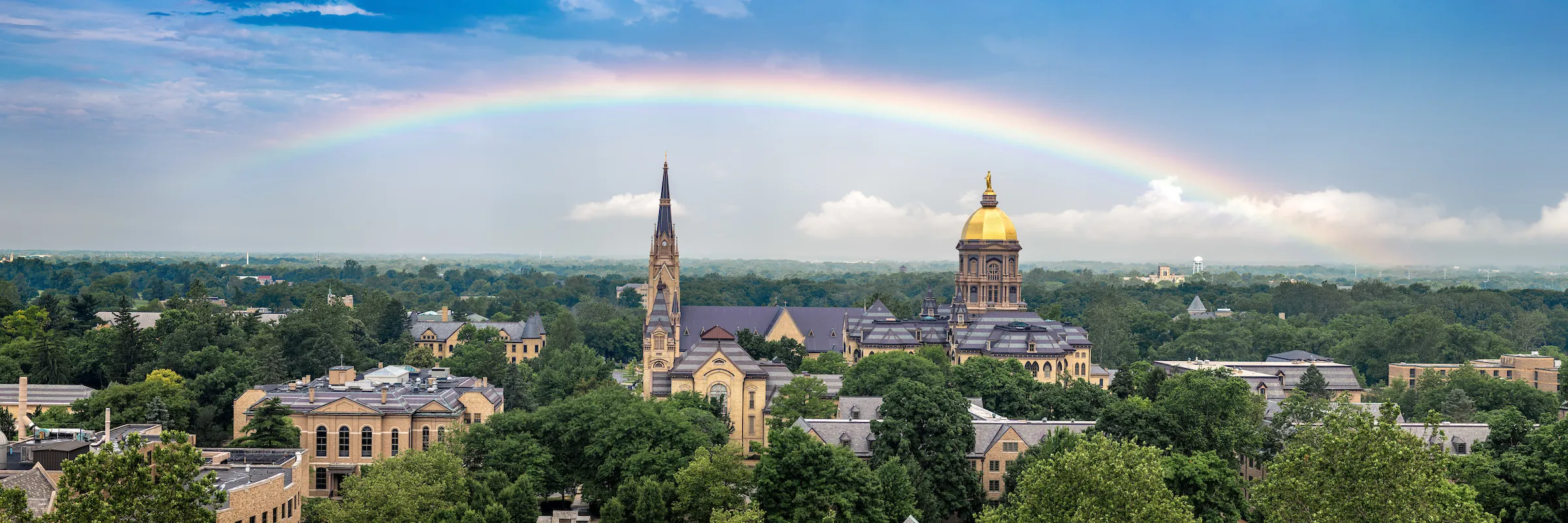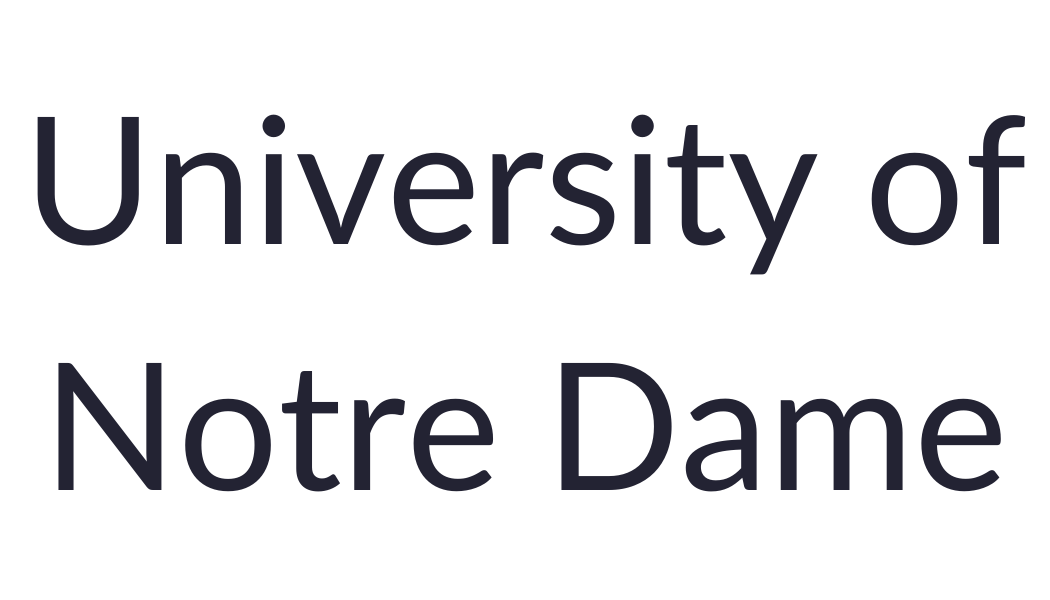After pivoting to virtual instruction during the COVID-19 pandemic, the University of Notre Dame was eager to welcome students back on campus in the fall of 2020 for socially distanced learning.
In preparation for the Fall 2020 semester, which was taught in a hybrid model called “dual mode,” the ND Studios Teaching & Learning Technologies (TLT) team outfitted and upgraded up to 150 classrooms across campus as connected learning spaces with cameras, microphones, and audio equipment. Within this “classroom as an ecosystem,” professors were able to easily start Zoom sessions, record their lectures, and leverage Zoom’s integration with the video management platform Panopto to automatically upload and store recordings. The recordings could then be accessed from the University’s learning management system (LMS) for playback, storage, search, and discovery.
“It was about enabling that ecosystem environment for faculty and students and taking a human-centered approach—keeping our students and faculty front of mind,” said Tom Marentette, IT solutions architect and streaming program manager, Notre Dame.
Equitable faculty & student experiences
Integrating with Panopto created a more seamless, automated process for lecture capture that all faculty could adopt, regardless of their competency or comfort level with the technology.
“We wanted everybody to have the same experience for recording, the same expectations for the control system, and the same playback experience,” said Charles Barbour, educational technologist and Panopto administrator, Notre Dame. “Even the most technophobic instructors were able to get to the point where they were sharing all their recorded sessions with their students without many issues.”
The University found that lecture recordings were helpful to students catching up on a missed class, or who wanted to review content after a session. Revisiting lecture recordings is particularly useful for students for whom English is not a primary language.
“So many students have reported how valuable [it is to have] the ability to just go back and review the content at their leisure, to make sure they understood a point in the lecture,” Barbour said.
Guest speakers & unique performances
Meghan Sullivan, professor of philosophy and director of the Notre Dame Institute for Advanced Study, says she and her students experimented with using Zoom in different ways during the pandemic. “There was a spirit of ‘Let’s figure out ways of adapting conversations and activities that we normally do in person to the software,’ and it felt creative and exciting,” she said.
Sullivan collaborated with a colleague from the Notre Dame Law School on an opportunity to do a special class with science fiction author Ted Chiang. When the pandemic happened, they decided to do the class virtually, with Chiang joining by Zoom every week from his home in Seattle.
“Ted was originally just going to come to campus a couple of times, but because of Zoom, he came to every single class,” she said. “The course was about science fiction and technology, so trying it out on technology fit with the culture of the class.”
Sullivan also recalled how Reginald Dwayne Betts, an artist-in-residence at Notre Dame, used Zoom to present a virtual performance of his one-man show about incarceration for the campus community.




